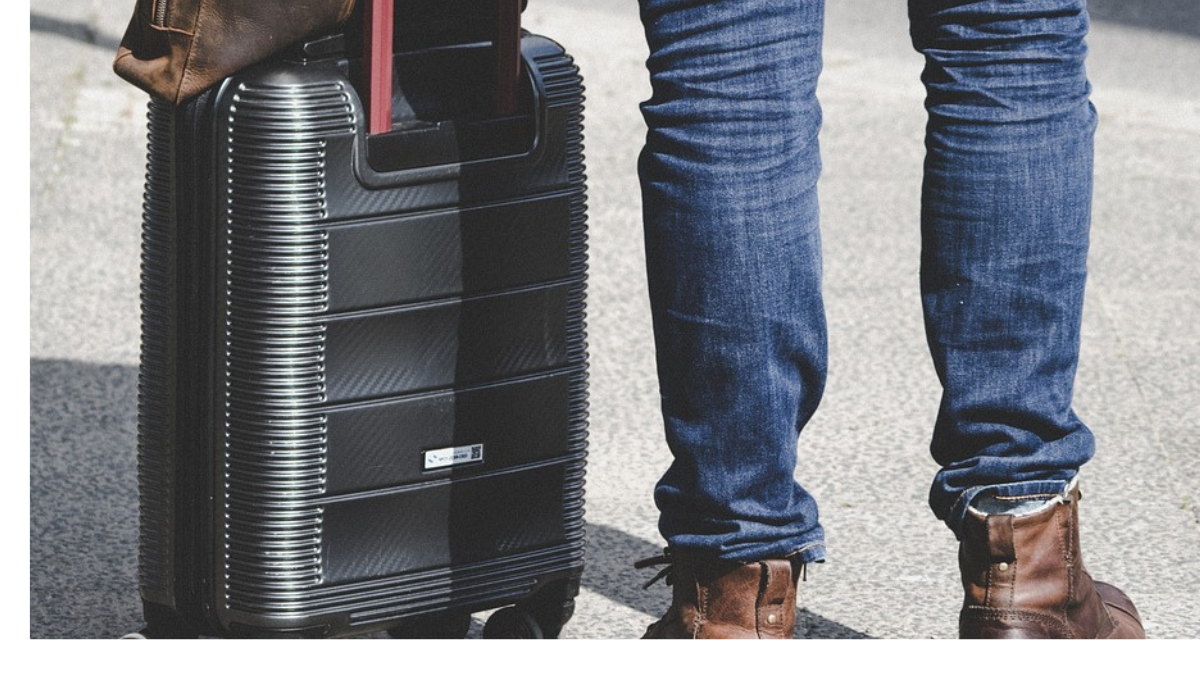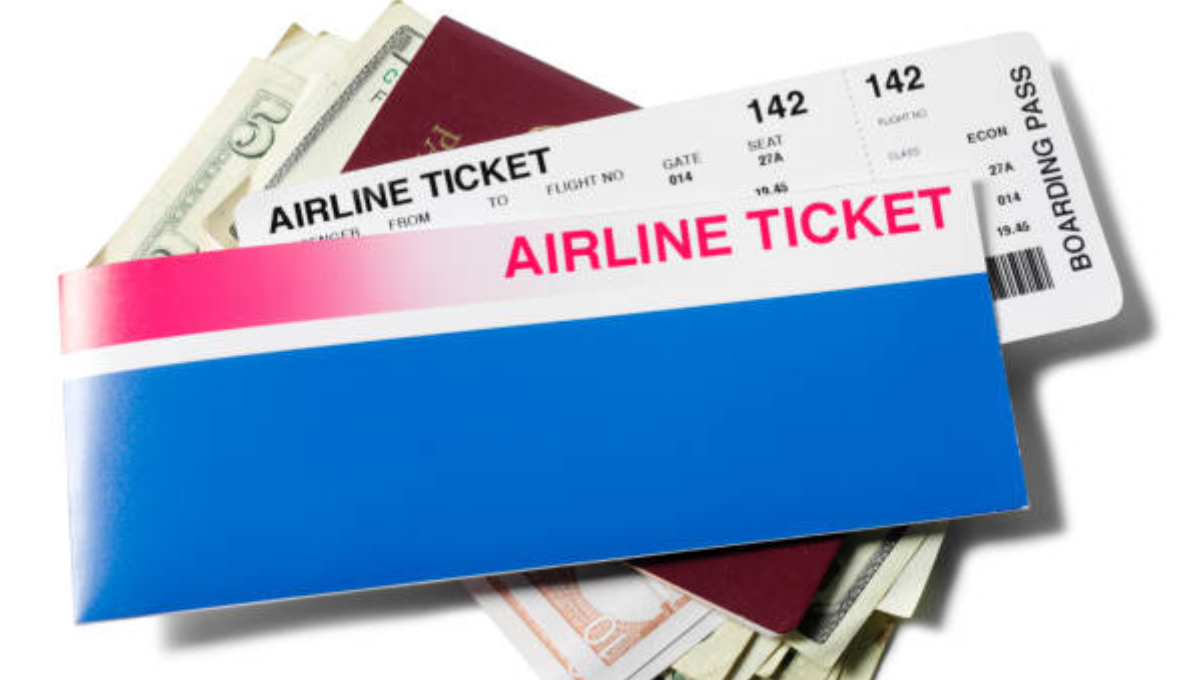Have you ever stood at the airport counter, bags packed, excitement buzzing, only to wonder if you’ve left something critical behind—like peace of mind? Maybe you’ve hesitated over that “add travel insurance” button while booking a flight, unsure if it’s worth the extra bucks.
For many Americans, travel insurance feels like a gamble: Do you shell out money for something you might never use, or risk going without and hope for the best? It’s a question that haunts travelers—seasoned and newbie alike—especially in today’s unpredictable world. Delays, cancellations, medical emergencies, lost luggage—travel mishaps don’t discriminate.
So, let’s cut through the noise and get real: Do you really need travel insurance? In this deep dive, we’ll unpack the honest truth, tailored to the US insurance market, with facts, figures, and a no-BS look at what’s at stake.
What Is Travel Insurance, Anyway?
Before we dive into the “why” or “if,” let’s clarify what travel insurance actually is. At its core, it’s a safety net—a policy designed to protect you financially and logistically when travel plans go sideways. It’s not a one-size-fits-all deal; coverage varies depending on the provider and plan. In the US, travel insurance typically covers things like trip cancellations, medical emergencies abroad, lost baggage, and travel delays. Some plans even throw in extras like rental car damage or emergency evacuation.
- Trip Cancellation/Interruption: Reimburses you if you can’t go—or have to cut your trip short—for covered reasons like illness or a family emergency.
- Medical Coverage: Pays for doctor visits, hospital stays, or medications if you get sick or injured while traveling.
- Baggage Loss/Delay: Compensates you for lost, stolen, or delayed luggage.
- Travel Delays: Covers extra costs (like hotels or meals) if flights or other transport get held up.
In 2023, the US travel insurance market was valued at $4.2 billion, with a projected growth rate of 8.5% annually through 2030, according to industry reports. Why the boom? Americans are traveling more—and they’re wising up to the risks.
Why Travel Insurance Feels Like a Tough Call
Let’s be honest: Nobody wants to spend extra money on something they hope they’ll never need. It’s like buying an umbrella in the desert—you feel silly until the rain hits. For many, the decision hinges on cost versus risk. A basic travel insurance policy might run you 4-10% of your trip’s total cost, per the US Travel Insurance Association (USTIA). So, a $5,000 vacation could mean $200-$500 for coverage. That’s not pocket change.
But here’s the flip side: Travel disruptions are more common than you’d think. In 2022, US airlines canceled over 100,000 flights and delayed another 1.6 million, per the Bureau of Transportation Statistics. Add in medical emergencies—especially overseas, where your regular health insurance might not apply—and the stakes get higher. So, why do so many skip it? Some assume their credit card offers enough protection (spoiler: it often doesn’t). Others think, “It won’t happen to me.” Let’s break it down.
The Big Risks of Traveling Without Insurance
Traveling without a safety net is like walking a tightrope blindfolded—one slip, and you’re in trouble. Here are the real risks you face in the US insurance market context:
1. Sky-High Medical Bills Abroad
Your US health insurance might cover a broken leg in Florida, but in France? Good luck. Most domestic plans don’t extend internationally, and foreign hospitals don’t care about your copay. A medical evacuation alone can cost $50,000-$100,000, says the USTIA. Without travel insurance, that’s on you.
- Fact: In 2022, 1 in 5 insured travelers filed a claim for medical emergencies abroad, per Squaremouth data.
2. Non-Refundable Trip Costs
Booked a cruise or a fancy resort with a strict “no refunds” policy? If a hurricane, illness, or job loss forces you to cancel, you’re out thousands. Travel insurance can reimburse you for those prepaid, non-refundable expenses—something airlines and hotels rarely do.
3. Lost or Delayed Bags
Imagine landing in Hawaii, but your suitcase is sipping piña coladas in Chicago. Airlines might pay you $50 a day for essentials (if you’re lucky), but travel insurance can cover replacement clothes, toiletries, and even the full value of lost items.
4. Travel Chaos
Flight delays, missed connections, or cancellations can derail your plans—and your wallet. In 2023, the average cost of a travel delay claim was $750, covering hotels, meals, and rebooking fees, per Allianz Travel data.
Here’s a quick snapshot of potential costs without insurance:
| Scenario | Average Cost Without Insurance | With Travel Insurance |
|---|---|---|
| Medical Evacuation | $50,000-$100,000 | Covered (up to policy limit) |
| Trip Cancellation | $1,000-$10,000 (trip cost) | Reimbursed (covered reasons) |
| Lost Luggage | $500-$2,000 | Covered (up to policy limit) |
| Flight Delay (24+ hours) | $200-$1,000 | Covered (meals, hotel, etc.) |
When Travel Insurance Is a No-Brainer
Not every trip screams for insurance, but some do. Here’s when it’s worth every penny:
International Travel
Heading overseas? Travel insurance is practically a must. US health plans rarely cover foreign medical care, and embassies won’t foot your bills. Plus, trip costs—like international flights—are often higher and less flexible.
Expensive or Complex Trips
A $10,000 safari or a multi-city European tour isn’t something you want to lose to a canceled flight or a sprained ankle. The more you’ve invested, the more you’ve got to protect.
Health Concerns
Got a chronic condition or traveling with someone who does? Medical emergencies don’t wait for convenient times. Travel insurance ensures you’re not stranded with a $20,000 hospital bill.
Unpredictable Weather
Planning a winter ski trip or a summer beach getaway? Storms don’t care about your itinerary. Insurance can cover cancellations or delays caused by Mother Nature.
- Key Finding: 63% of travel insurance claims in 2023 were for trip cancellations or interruptions, often weather-related, per InsureMyTrip.
When You Might Skip Travel Insurance
Let’s flip the coin. Travel insurance isn’t always essential. Here’s when you can probably pass:
Short, Cheap Domestic Trips
A $200 weekend road trip to see Grandma? If the stakes are low and your health insurance works locally, you might not need extra coverage.
Flexible Bookings
Booked a refundable flight or hotel? If you can cancel without penalty, insurance might be overkill.
Credit Card Perks
Some premium credit cards (think Chase Sapphire or Amex Platinum) offer trip cancellation, delay, or baggage coverage. Check the fine print—limits are often lower than standalone policies.
| Coverage Type | Typical Credit Card Limit | Travel Insurance Policy Limit |
|---|---|---|
| Trip Cancellation | $1,500-$10,000 | $5,000-$50,000 |
| Baggage Loss | $500-$3,000 | $1,000-$5,000 |
| Travel Delay | $100-$500 | $500-$2,000 |
How to Pick the Right Travel Insurance in the US Market
If you’re sold on travel insurance, don’t just click the first option. Here’s how to choose wisely:
1. Assess Your Needs
Solo backpacker or family of five? Medical-only coverage or all-inclusive? Match the plan to your trip.
2. Compare Providers
Big names like Allianz, Travelex, and World Nomads dominate the US market. Use sites like Squaremouth or InsureMyTrip to compare quotes side-by-side.
3. Read the Fine Print
Exclusions matter. Pre-existing conditions, adventure sports, or pandemics might not be covered unless specified.
4. Check Claim Processes
A policy’s only as good as its payout. Look for providers with 24/7 support and a solid reputation for settling claims fast.
- Pro Tip: Opt for “Cancel For Any Reason” (CFAR) coverage if flexibility is key. It costs 40-50% more but covers, well, any reason.
Real Stories: Travel Insurance in Action
Numbers are great, but stories hit home. Meet Sarah, a 34-year-old from Texas. She booked a $6,000 honeymoon to Italy in 2022. Two days before takeoff, her fiancé broke his leg in a biking accident. Non-refundable deposits? Gone—unless you count the $5,800 her travel insurance reimbursed. Then there’s Mike, a retiree from Ohio, who had a heart scare in Mexico. His $45,000 medical evacuation? Covered. Without insurance, he’d be bankrupt.
These aren’t outliers. In 2023, US travelers filed over 1.2 million travel insurance claims, with payouts totaling $1.8 billion, per USTIA stats. It’s not just about money—it’s about avoiding stress when life throws curveballs.
The Cost-Benefit Breakdown
Still on the fence? Let’s weigh it out:
Pros
- Peace of mind for pennies on the dollar.
- Protection against unpredictable disasters.
- Coverage where credit cards and health plans fall short.
Cons
- Adds to upfront trip costs.
- Might not cover every scenario (e.g., changing your mind without CFAR).
- Claims can take time to process.
For a $5,000 trip, spending $250 on insurance could save you $5,000—or more. That’s a 20x return if things go wrong. Can you afford not to?
Final Thoughts: The Honest Truth About Travel Insurance
Picture this: You’re sipping coffee at your dream destination, the sun’s shining, and your worries are miles away. Now imagine that peace shattered by a canceled flight, a stolen bag, or a hospital stay you can’t pay for. Travel insurance isn’t about pessimism—it’s about realism. In the US insurance market, where options abound and risks are real, it’s less a luxury and more a lifeline.
You don’t need it every time, sure. But when you do, it’s a game-changer. So, next time you’re booking that trip, ask yourself: What’s my peace of mind worth? The honest truth? Probably more than you think. Don’t leave home without weighing your options—because the only thing worse than an interrupted trip is one that costs you everything.
References
- “Travel Insurance Market Trends 2023-2030“ – Grand View Research
- “Flight Cancellation Statistics 2022“ – Bureau of Transportation Statistics
- “Why Travel Insurance Matters“ – US Travel Insurance Association
- “Claims Data 2023“ – Squaremouth
- “Real Costs of Travel Mishaps“ – InsureMyTrip







